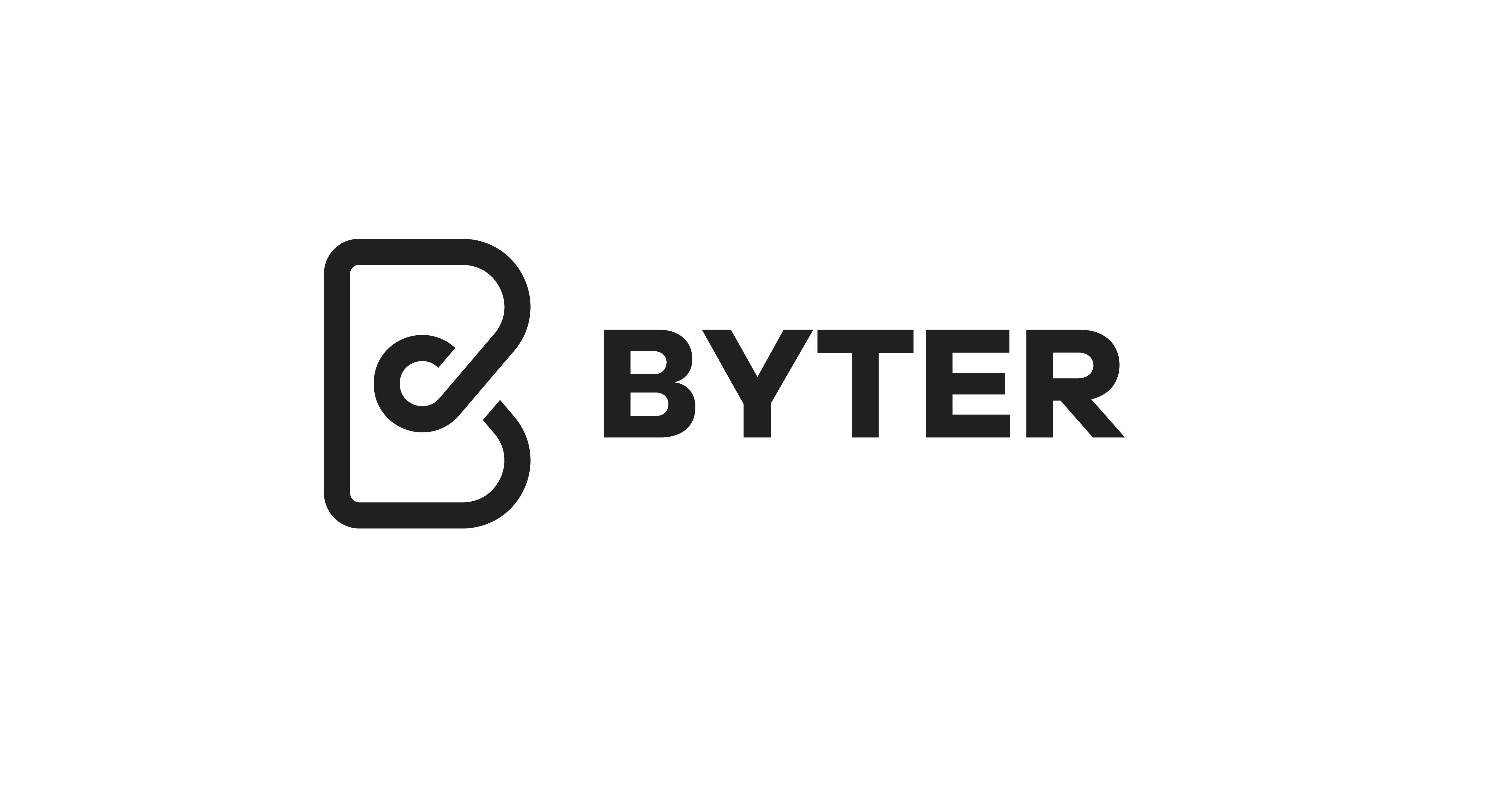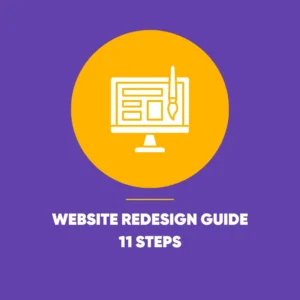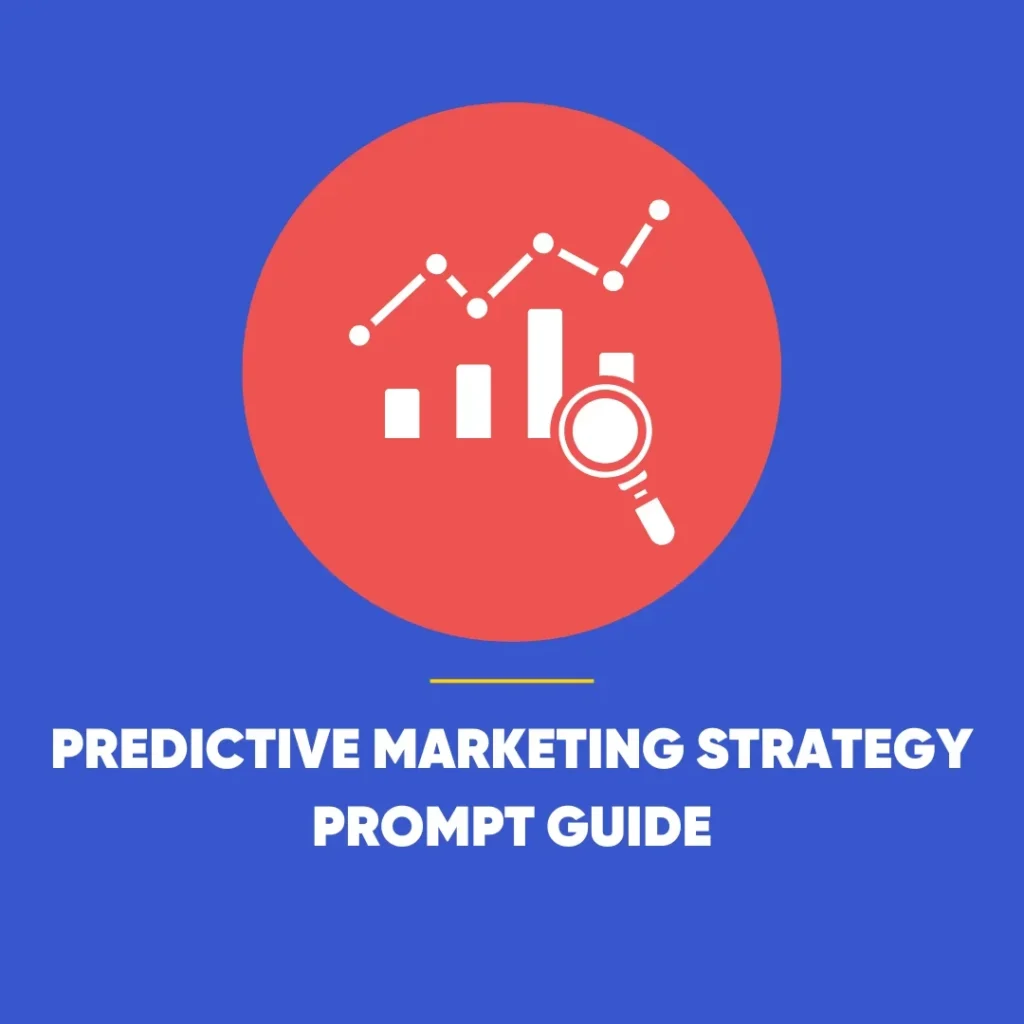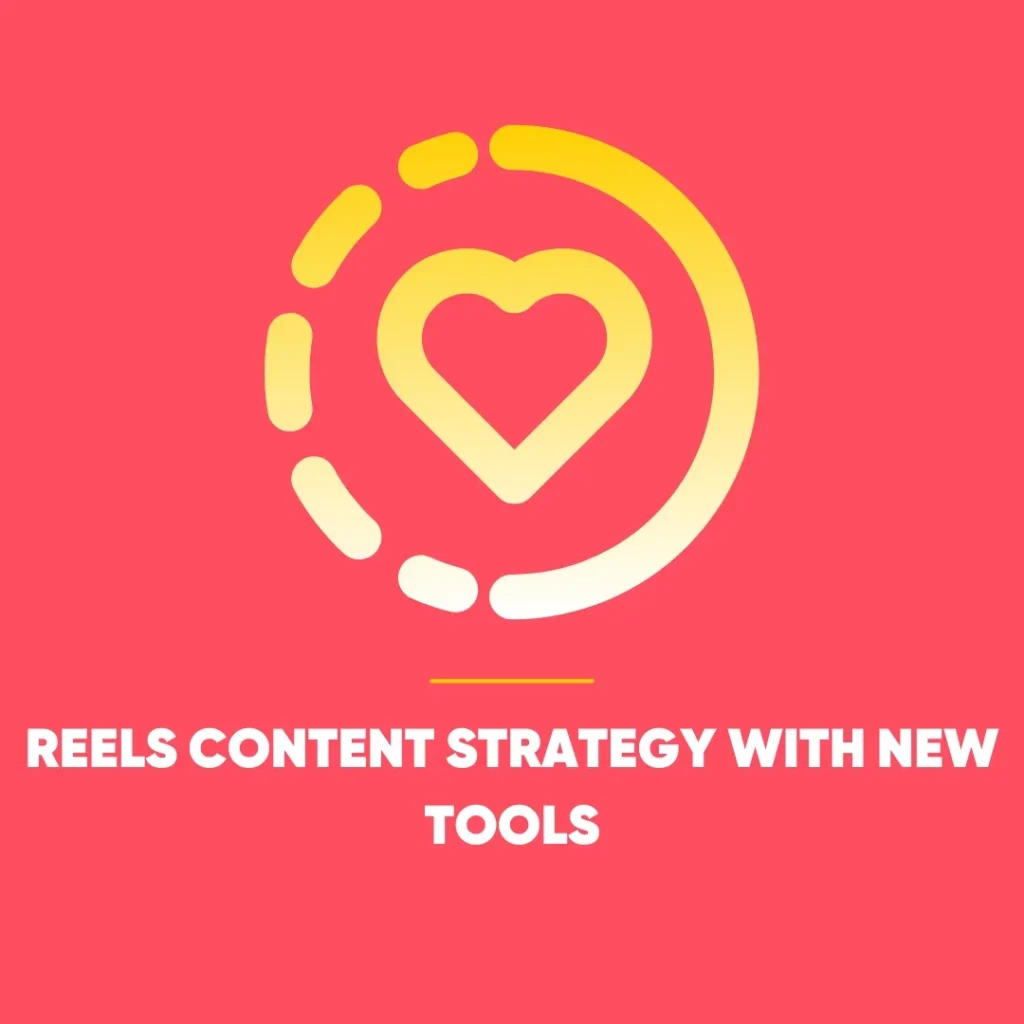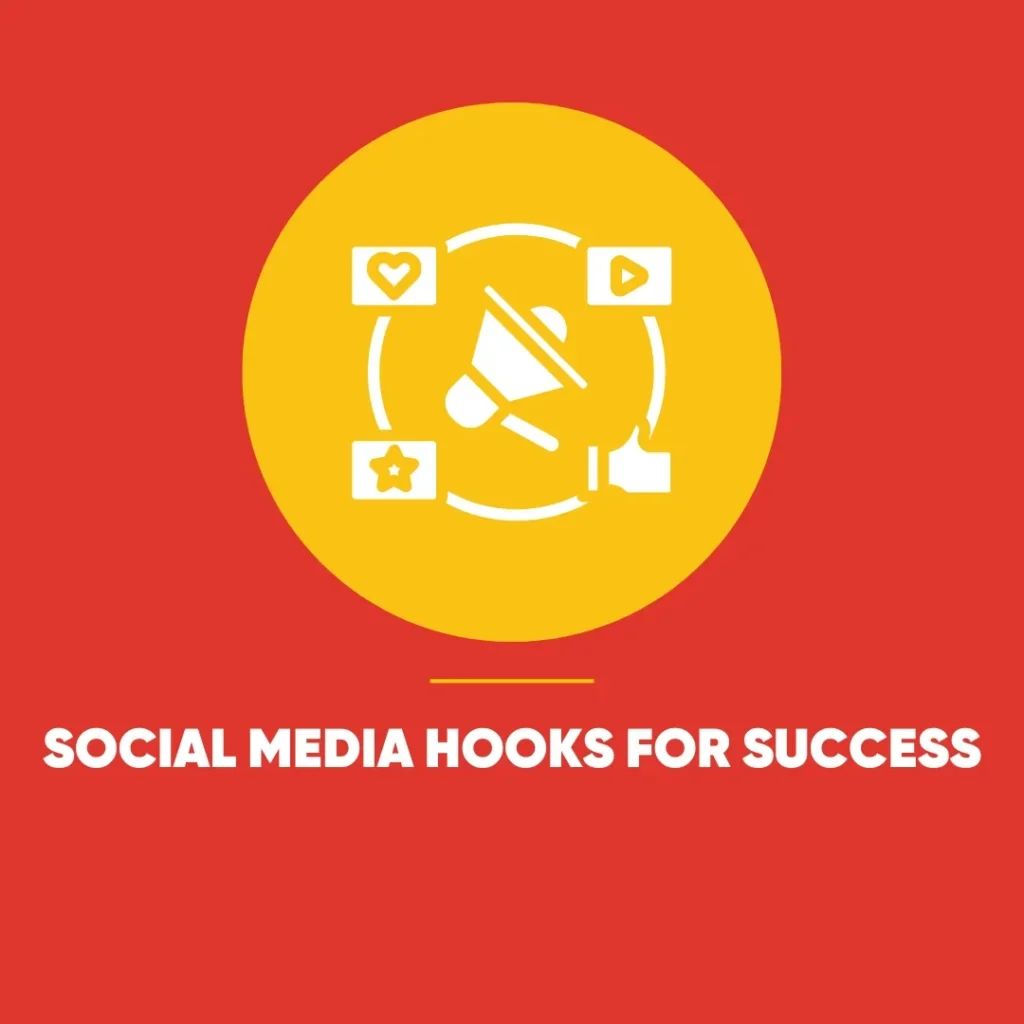Audience Listening Strategies: How to Do It Well in the UK Market
Audience listening strategies UK help brands understand customers better, making genuine connections a necessity in modern marketing. Therefore, the better a business understands customers’ preferences, habits, and frustrations, the more effectively it can connect, engage, and convert.
This is where audience listening steps in, as it goes far beyond scrolling through social media comments. When done well, it allows brands to uncover genuine insights into how people feel, need, and communicate online.
What Exactly Is Audience Listening?
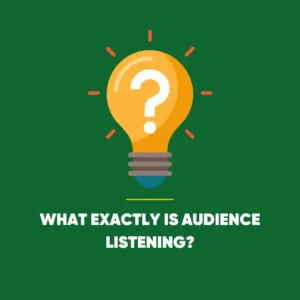 Audience listening is the process of tracking and analysing what people are saying online about your brand, products, or competitors. Moreover, these conversations occur everywhere, from news sites and blogs to online forums and popular social platforms.
Audience listening is the process of tracking and analysing what people are saying online about your brand, products, or competitors. Moreover, these conversations occur everywhere, from news sites and blogs to online forums and popular social platforms.
It’s not just about gathering quotes or statistics; rather, it’s about understanding the tone, sentiment, and themes behind conversations. Consequently, this knowledge can shape marketing campaigns, refine brand messaging, and even influence future product development.
Audience Listening vs Social Listening
Many people confuse audience listening with social listening. While they overlap, they’re not identical.
- Social listening focuses solely on tracking conversations on platforms like Instagram, Facebook, TikTok, and X.
- Audience listening takes a wider lens – incorporating social media insights alongside mentions in blogs, news articles, review sites, and forums.
In short, social listening is part of audience listening, but not the whole picture. To get a true read on public sentiment, you need to listen everywhere your audience might be speaking.
Why Audience Listening Matters for UK Businesses
For organisations operating in the UK market, audience listening strategies UK can be a goldmine of strategic information. Benefits include:
- Tracking brand perception across news outlets, social platforms, and community forums.
- Keeping tabs on competitors, including their new launches, PR activity, and customer feedback.
- Generating campaign ideas from emerging topics or trends people are discussing.
- Understanding customer motivations, enabling more targeted and relevant marketing.
- Spotting opportunities for product or service improvements before competitors do.
Key Strategies
Before a campaign is crafted or a new service is launched, it’s worth investing time in gathering insights into audience values, habits, and concerns. A few proven strategies include:
1. Market Research
Market research is the foundation of audience understanding. UK businesses can draw on reports from sources such as YouGov, Statista, or government data sets like the Office for National Statistics (ONS).
Some reports are free, others require a subscription, but they all offer credible, data-backed insights. The downside? Your competitors can access the same public reports. For unique insights, consider commissioning bespoke research tailored to your brand.
2. Surveys
Surveys allow you to collect specific, relevant feedback from your own audience. Tools such as SurveyMonkey, Typeform, and Google Forms make it simple to create and distribute questionnaires.
Because you’re reaching out to existing customers or followers, responses are more likely to reflect the views of your core market – and can offer clues on how to reach similar prospects.
Combining surveys with open-ended questions can reveal both quantitative data (numbers, percentages) and qualitative insights (opinions, feelings).
3. Behaviour Analytics
Similarly, web and app analytics play a vital role in audience listening strategies UK by offering a direct window into user behaviour. For example, platforms like Google Analytics and Microsoft Clarity reveal which pages people visit, how long they stay, and where they leave.
Search data can also uncover what your audience is actively looking for online. By examining keywords and search trends, you can identify seasonal interest patterns or spot gaps in the market.
4. Ethnographic Research
This approach involves observing people in their natural environments – whether that’s in-store shopping, attending events, or interacting online. It’s a way to see how customers behave without the artificial setting of a focus group.
For example, a fashion retailer could observe how shoppers navigate its store layout, while a food brand might analyse how recipes are used and adapted at home.
5. Social Media Insights
Social media remains a powerful tool for understanding audience sentiment. Built-in analytics on platforms such as Instagram, TikTok, LinkedIn, and Facebook can reveal demographic data, post engagement, and trending hashtags.
Paid tools like Hootsuite and Brandwatch can go further, pulling in data from multiple platforms and providing sentiment analysis, influencer tracking, and competitive benchmarking.
Risks and Pitfalls of Audience Listening
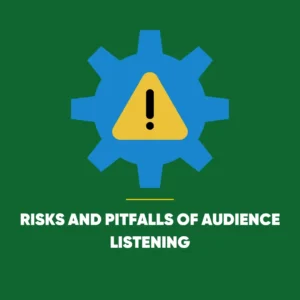 While audience listening can offer valuable intelligence, it’s not without risks. Misinterpreting feedback or wading into contentious conversations can damage a brand’s reputation.
While audience listening can offer valuable intelligence, it’s not without risks. Misinterpreting feedback or wading into contentious conversations can damage a brand’s reputation.
Consider the example of a well-known drink manufacturer criticised online for its sugar content. In response, the brand publicly dismissed the claims as misleading. While factually correct, the defensive tone fuelled further backlash and raised fresh doubts about its marketing.
The lesson? Data from audience listening should inform a measured, thoughtful response – not a knee-jerk reaction.
Recommended Tools for Audience Listening
Clearly, there’s no shortage of tools designed to support effective audience listening strategies UK for better customer insights. Therefore, here are some useful options categorised to suit different audience listening needs:
Survey & Feedback
- Google Forms – Free, simple survey creation.
- Typeform – Engaging, conversational-style forms.
- SurveyMonkey – Popular platform with built-in analytics.
Market & Trend Research
- Google Trends – Tracks search interest over time.
- YouGov – UK-focused polls and reports.
- Statista – Data and charts across industries.
Behaviour Analytics
- Google Analytics – Tracks website visitor behaviour.
- Hotjar – Heatmaps and session recordings.
- Microsoft Clarity – Free behaviour analysis with heatmaps.
Qualitative Research
- Lookback – Real-time user testing.
- Indeemo – Mobile ethnography platform.
Social Listening
- Hootsuite – Multi-platform monitoring and scheduling.
- Google Alerts – Free web monitoring for keywords.
- Brandwatch – Advanced sentiment and trend analysis.
- Mention – Monitors web and social content in multiple languages.
Bringing It All Together
Audience listening strategies UK aren’t just about tracking mentions; instead, they’re about making sense of them. Therefore, for UK brands, it’s a chance to stay attuned to public opinion, spot trends early, and make informed decisions.
Ultimately, when done well, it helps businesses craft resonating messages, design desired products, and build trust through responsiveness.
The most successful organisations don’t just talk to their audience – they listen first. And in an age where customer expectations are higher than ever, that listening could be the most powerful marketing tool you have.
